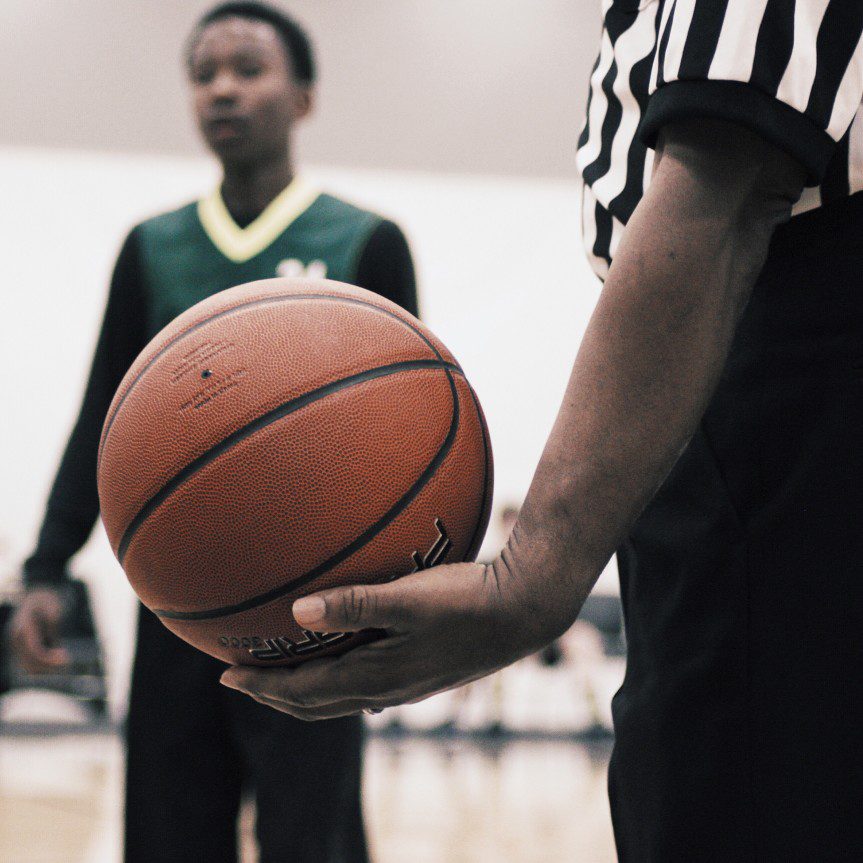NCAA Division Levels
PARTICIPATION
179,200 student-athletes
351 colleges and universities
ATHLETICS SCHOLARSHIPS
59 percent of all student-athletes receive some level of athletics aidÂ
ACADEMICS
2017 Graduation Success Rate: 87 percent*Â
OTHER STATS
Median Undergraduate Enrollment: 9,629
Average Number of Teams per School: 19
Average Percentage of Student Body Participating in Sports: 4 percent
Division I National Championships: 26
PARTICIPATION
121,900 student-athletes
308 colleges and universities
ATHLETICS SCHOLARSHIPS
62 percent of all student-athletes receive some level of athletics aid
ACADEMICS
2017 Academic Success Rate: 72 percent*
OTHER STATS
Median Undergraduate Enrollment: 2,485
Average Number of Teams per School: 16
Average Percentage of Student Body Participating in Sports: 9 percent
Division II National Championships: 25
PARTICIPATION
190,900 student-athletes
443 colleges and universities
FINANCIAL AID
80 percent of all student-athletes receive some form of academic grant or need-based scholarship; institutional gift aid totals $17,000 on average
ACADEMICS
2017 Academic Success Rate: 87 percent*
OTHER STATS
Median Undergraduate Enrollment: 1,748
Average Number of Teams per School: 18 Average Percentage of Student Body Participating in Sports: 26 percent Division III National Championships: 28



